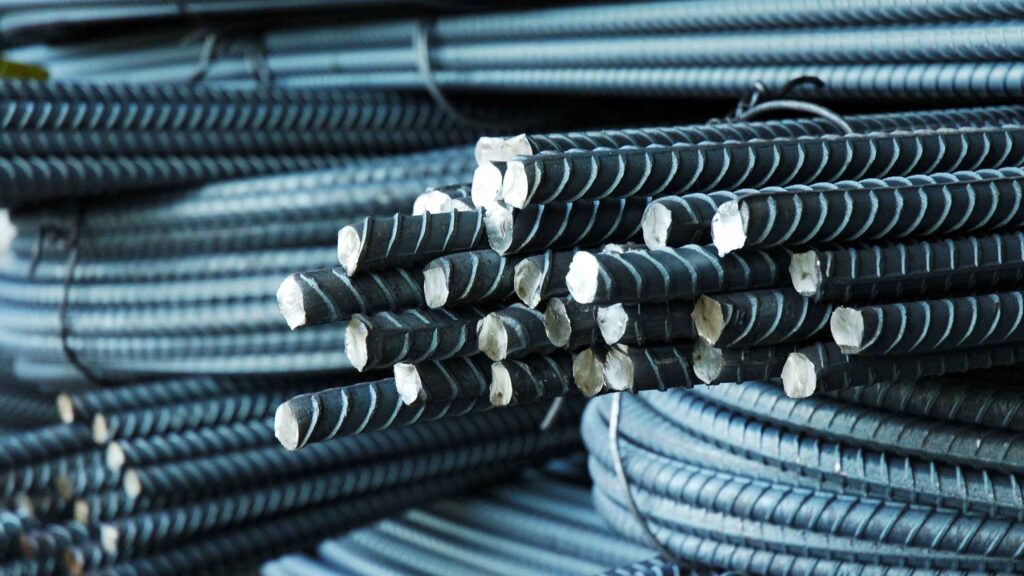TMT bars, which stands for “thermo-mechanically treated” bars, are a type of reinforcing steel used in construction. The history and evolution of TMT bars can be traced back to the mid-20th century, when the construction industry began to demand higher-strength steel for use in reinforced concrete structures.
In the early days, mild steel bars were used for reinforcement in concrete. However, these bars were prone to rust and corrosion, which reduced their effectiveness over time. To overcome these problems, high-strength steel bars were developed, but these bars were often brittle and prone to cracking.
In the 1980s, a new type of steel bar was introduced: the TMT bar. TMT bars are made by heating steel billets to high temperatures, followed by rapid cooling. This process enhances the strength, ductility, and corrosion resistance of the steel, making it an ideal material for reinforcing concrete structures.
Since their introduction, TMT bars have become increasingly popular in the construction industry, due to their superior properties compared to other reinforcing materials. Today, TMT bars are manufactured using advanced technologies and are available in a range of sizes and grades to suit different construction requirements.
The evolution of TMT bars has been driven by the need to meet the demands of the construction industry for higher-strength, more durable, and more sustainable reinforcing materials. In recent years, manufacturers have also focused on improving the production process to make TMT bars even more efficient and cost-effective.
In conclusion, TMT bars have come a long way since their introduction, and they continue to evolve to meet the changing needs of the construction industry. They are now widely recognized as one of the most reliable and cost-effective reinforcing materials available for use in concrete structures.






